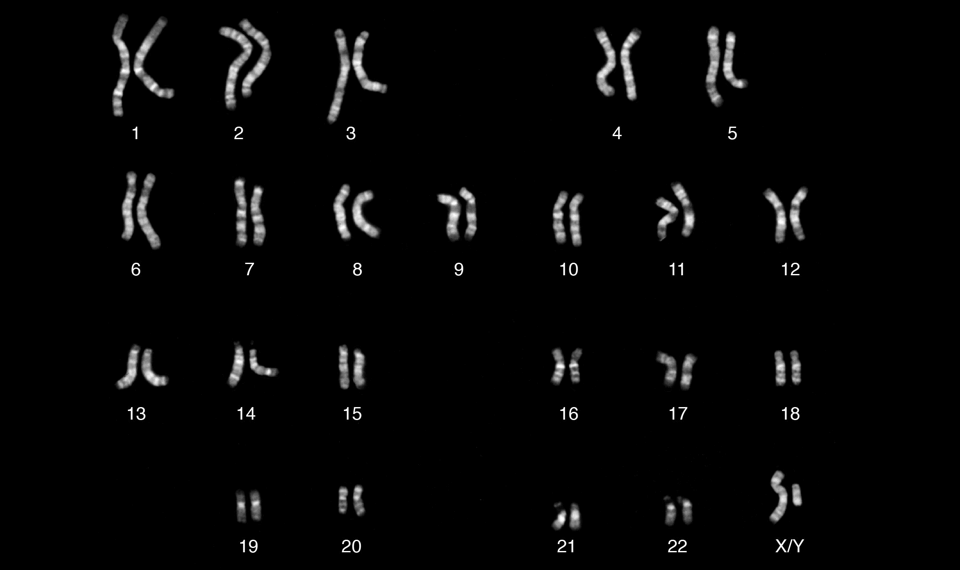The human genome has never actually been complete.
Sarah Zhang, The Atlantic, March 21
Fifteen years ago this April, scientists announced that the human genome sequence was complete. I regret to inform you this is not true.
If you have been misled, it is because many scientists themselves have long ignored the last unassembled regions of human DNA, which consist mostly of short, repeating sequences that do not look like genes. “These huge gaps still remain,” says Karen Miga, a genomics researcher at the University of California at Santa Cruz. That’s because it has been impossible to sequence and assemble those repeating stretches of DNA—until now.
In a major milestone, Miga and her colleagues reveal the complete 300,000-letter sequence of one of those odd, poorly understood regions: the centromere of the Y chromosome.
It’s astonishing that a centromere sequence has never been assembled before, given how fundamental they are. Chromosomes are tightly packed structures of DNA, and centromeres are a specialized region on them. When a cell divides, threadlike proteins attach to the centromere to pull chromosomes apart. Without functioning centromeres, cells can end up with too few or too many chromosomes—like in Down syndrome. Malfunctioning centromeres have also been linked to diseases like cancers.
Read more.
